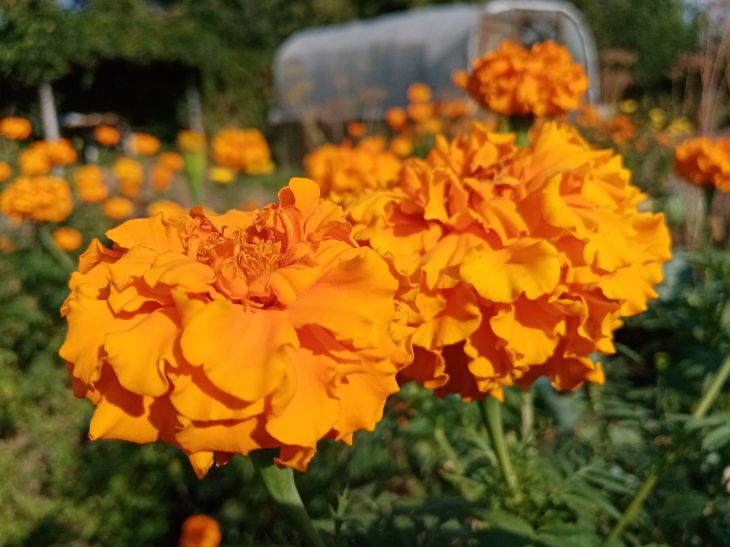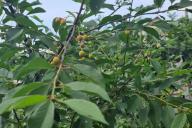Your garden may resemble a toxic relationship.
If planted incorrectly, some crops will suppress others, and you won’t even realize it.
For example, tomatoes and potatoes are close relatives, but their proximity is destructive: they compete for food and become easy prey for the Colorado potato beetle.

Another dangerous duo is cucumbers and sage. Essential oils of sage inhibit the growth of cucumbers, which makes the fruits smaller and bitter.
Carrots and dill are not friends either: dill attracts carrot flies, and their larvae destroy root crops.
Beets and beans are another disaster couple. Beans secrete substances that slow down the development of beets, making their roots tough and fibrous.
And finally, onions and peas: onions inhibit the growth of peas, which in turn reduces the yield of bulbs. Check your beds - if you find these combinations, immediately replant the plants.
Replace them with compatible pairs: tomatoes with basil, cucumbers with corn, carrots with onions. This step will save the harvest and reduce the number of pests without chemicals.
Other dangerous combinations
But that's just the tip of the iceberg. For example, radishes and hyssop are another dangerous combination. Hyssop slows down the growth of radishes, causing the roots to become bitter.
And parsley planted next to lettuce makes its leaves tough and tasteless. To avoid such mistakes, study allelopathy - the science of plant interactions.
For example, walnuts produce juglone, which is toxic to most crops. If your plot is near such a tree, plant only resistant plants there: asparagus, corn or onions.
Another example is sunflowers: their roots secrete substances that suppress the growth of potatoes and beans. But they get along well with cucumbers, creating a natural support for them.
What to do if the plants are already planted
If you have already planted incompatible crops, do not panic. To neutralize the negative effect, use buffer plants:
- Sow mustard between tomatoes and potatoes - it will absorb excess substances that cause competition:
- plant marigolds between carrots and dill: their roots will repel the carrot fly;
- if it is not possible to transplant beets from beans, feed the beets with potassium (ash or potassium sulfate) - this will reduce stress;
- For onions and peas, mulching with straw will help: it will slow down the evaporation of harmful emissions;
- To prevent beans from harming beets, plant nasturtium nearby - it will distract aphids.
Don't forget about the influence of weeds. For example, couch grass growing next to carrots enhances the bitter taste, and quinoa next to cabbage attracts aphids. Weed the beds regularly, especially in the first weeks after planting.
And remember: even useful plants can become enemies if there are too many of them. For example, too many marigolds inhibit the growth of legumes, and too much basil near peppers slows their development.








